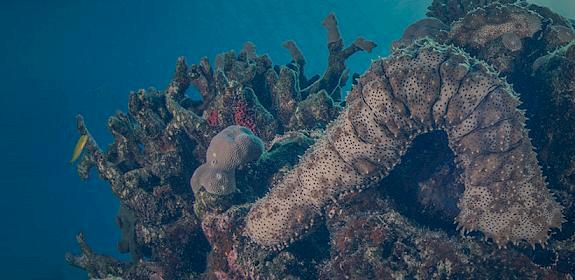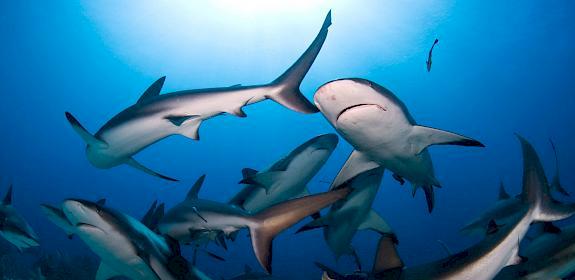
Russian sturgeon Acipenser gueldenstaedtii © Andrey Nekrasov / WWF
i
Published 28 July 2008
“Test fishing” loophole a cover for commercial caviar trade
Cambridge, UK, 28 July 2008—A report into Amur River sturgeons finds that “test fishing”, a system established with the aim of sturgeon population monitoring, is used as a cover for commercial fishing to circumvent an official ban on commercial fishing imposed in 1984.
Siberia’s black gold: Harvest and trade in Amur River sturgeons in the Russian Federation
Report author(s):
Alexey Vaisman, Pavel Fomenko
Publication date:
July 2008



